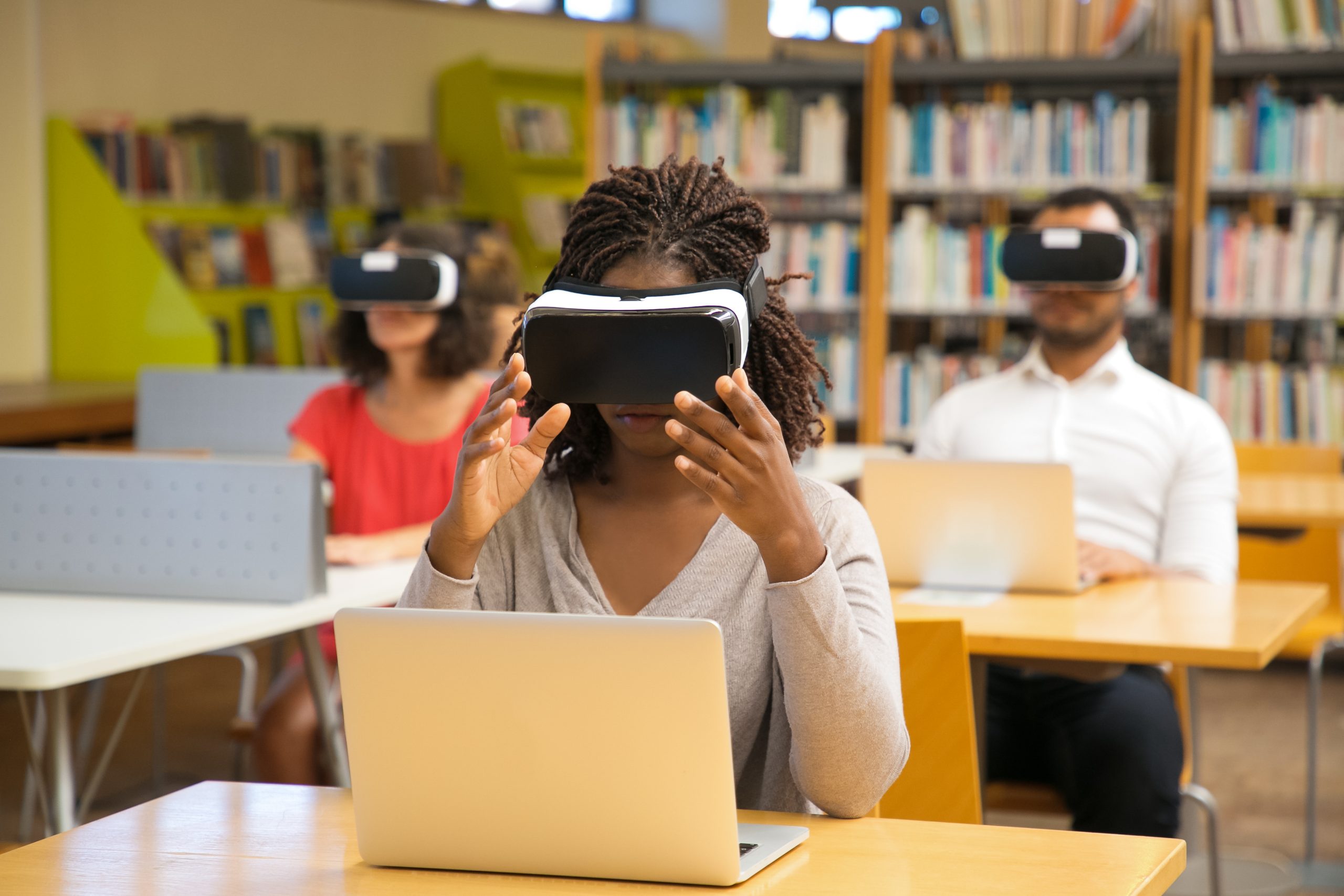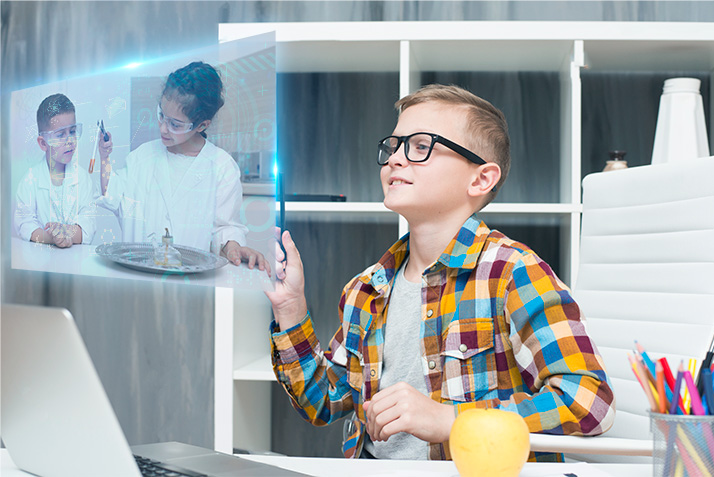Breaking Boundaries: The Impact of Technology on Modern Education
Breaking Boundaries: The Impact of Technology on Modern Education
Introduction
Education has undergone a profound transformation due to the rapid advancements in technology. In the modern era, technology has revolutionized the way students learn and teachers instruct. This article delves into the multifaceted impact of technology on education, exploring its historical evolution, current advancements, benefits, challenges, and the future trajectory of this dynamic relationship.
Historical Perspective
Evolution of technology in education
Over time, education has embraced various technological innovations. From the introduction of blackboards and projectors to the integration of computers and the internet, technology’s role in classrooms has evolved significantly.
Early uses of technology in classrooms
The early stages witnessed experiments with audio-visual aids, initiating a shift from traditional teaching methods. Educational television programs and computer-assisted learning programs laid the groundwork for modern tech-infused education.
Technological Advancements in Education
The digital age has brought forth a plethora of advancements reshaping education.
Digitalization of learning materials
Textbooks are now digitized, allowing students to access a vast array of educational resources conveniently. E-books, online libraries, and educational apps have become integral parts of the learning process.
Interactive learning platforms
Platforms offering interactive content, quizzes, and simulations have made learning engaging and immersive. Students can grasp complex concepts through interactive visual aids and practical applications.
Virtual and augmented reality in education
The incorporation of VR and AR technologies has transcended traditional boundaries, enabling students to explore historical sites, perform scientific experiments, or engage in immersive learning experiences.
Benefits of Technological Integration
Enhancing engagement and interaction
Technology facilitates active participation and collaboration among students. Interactive learning environments encourage critical thinking and problem-solving skills.
Personalized learning experiences
Adaptive learning platforms utilize data analytics to tailor educational content to individual learning styles, pacing, and abilities, ensuring personalized learning experiences for each student.
Accessibility and inclusivity in education
Technology bridges geographical gaps, providing access to education for remote or disadvantaged communities. It also accommodates diverse learning needs by offering assistive technologies for students with disabilities.
Challenges and Concerns
Overreliance on technology
Excessive reliance on technology may hinder face-to-face interactions, leading to a lack of social skills and dependency issues among students.
Privacy and security issues
The digitization of sensitive student data raises concerns regarding privacy breaches and data security, necessitating robust measures to safeguard information.
Technological disparities and access
Unequal access to technology creates a digital divide, exacerbating disparities in education. Ensuring equitable access to tech resources remains a significant challenge.
Adapting Pedagogy in the Tech Era
Blended learning approaches
A blend of traditional teaching methods and technology-driven tools offers a balanced approach catering to diverse learning styles and preferences.
Upskilling educators for tech integration
Educators need continuous training and professional development to effectively leverage technology in the classroom, enhancing their teaching methodologies.
Future of Technology in Education
Emerging trends and innovations
AI-driven learning platforms, blockchain for educational credentials, and the integration of IoT devices are among the emerging trends poised to shape the future of education.
Ethical considerations and sustainability
As technology evolves, ethical considerations regarding data privacy, digital ethics, and the sustainability of tech-based education become imperative.
Conclusion
Technology continues to break boundaries in education, offering immense opportunities while posing unique challenges. Embracing technology judiciously, coupled with innovative pedagogical approaches, holds the key to a future where education is inclusive, personalized, and transformative.
FAQs
- How does technology enhance personalized learning?
- Technology utilizes data analytics to tailor educational content to individual learning styles and abilities, ensuring a personalized learning experience for each student.
- What are the primary concerns regarding technology in education?
- Overreliance on technology, privacy/security issues, and unequal access to technology leading to disparities are significant concerns.
- How can educators adapt to the tech-driven era?
- Educators need continuous training to effectively integrate technology into their teaching methods and cater to diverse student needs.
- What are the emerging trends in technology for education?
- AI-driven learning platforms, blockchain for educational credentials, and IoT integration are among the emerging trends shaping the future of education.
- What role does technology play in bridging educational gaps?
- Technology bridges geographical barriers, offering access to education for remote or disadvantaged communities and accommodating diverse learning needs.





